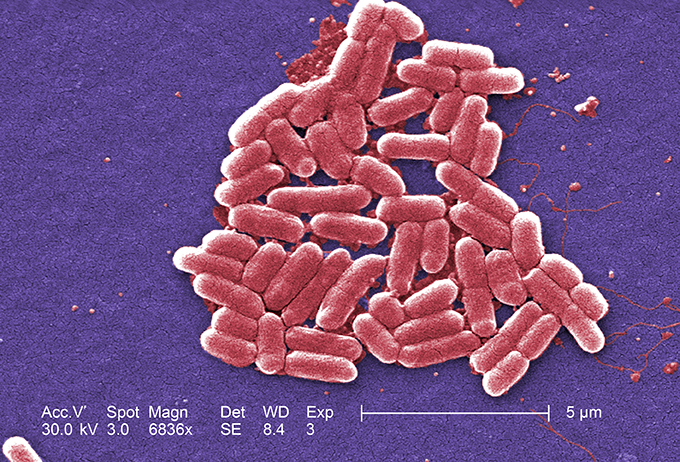Nanoparticle-Based LFIA for Rapid Detection of E. Coli O157:H7

Researchers have developed a dual-readout aggregation-induced emission nanoparticle-based lateral flow immunoassay (LFIA) for rapid qualitative and quantitative detection of E. coli O157:H7 in food.
For the study, published in ACS Nano (November 27, 2023), Gan Zhang, et al, designed an aggregation-induced emission luminogen—2,3-Bis(4-(bis(4-(tert-butyl)phenyl)amino)phenyl)fumaronitrile (BAPF). They then integrated the BAPFs into a nanostructured system to form water-soluble nanoparticles (BAPFNPs) for the detection of E. coli O157:H7 with colorimetric and fluorescent readout.
The BAPFNPs-based LFIA (BAPFNPs-LFIA) exhibited nearly qualitative ability with gold nanoparticles-LFIA (AuNPs-LFIA) and a nine times enhancement compared with quantum beads-LFIA (QBs-LFIA) in quantitative testing. Of note, FL-BAPFNPs-LFIA was able detect E. coli O157:H7 earlier than QBs-LFIA and AuNPs-LFIA when samples with low E. coli O157:H7 concentrations were cultured.